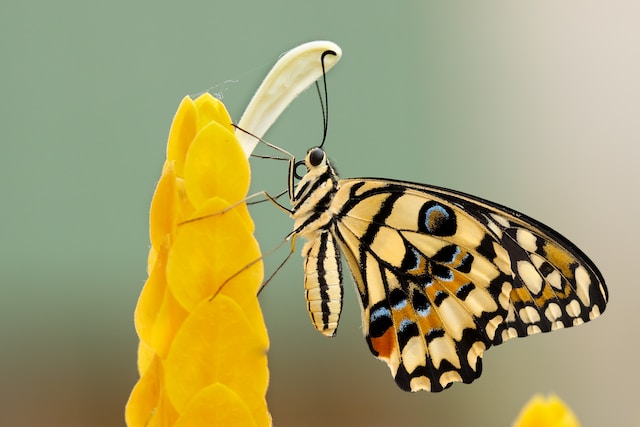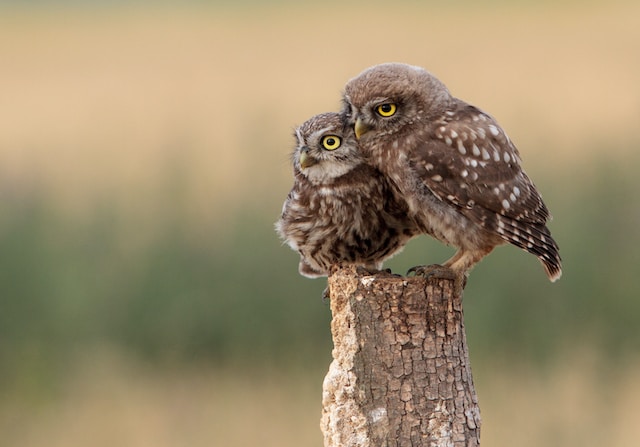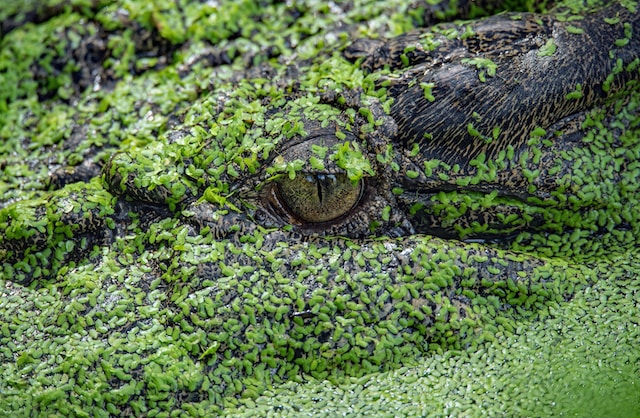In the intricate tapestry of the natural world, some creatures have mastered the art of disguise through camouflage and mimicry. This article uncovers the fascinating realm of animals that employ these survival strategies to blend seamlessly into their environments or mimic other organisms to deceive predators or prey.
Camouflage: Nature’s Ultimate Disguise
Blending into the Background
Camouflage is an evolutionary marvel where animals match their appearance to their surroundings, rendering them nearly invisible.
Adaptive Camouflage
Many animals change their color or pattern to suit different backgrounds, adapting to diverse environments.
Masterful Camouflage Artists
Chameleons: The Masters of Disguise
Chameleons possess specialized cells that allow them to change colors rapidly, aiding in hunting and avoiding predators.
Leaf-Tailed Geckos
Leaf-tailed geckos sport skin patterns resembling tree bark, granting them near-invisibility against tree trunks.
Aquatic Camouflage
Cuttlefish: Shape-Shifters of the Sea
Cuttlefish use skin pigments and body posture to mimic their surroundings, fooling both prey and predators.
Stonefish: The Ocean’s Invisible Predators
Stonefish have perfected the art of blending into the ocean floor, making them formidable ambush predators.
Mimicry: Deception in the Animal Kingdom
Batesian mimicry
Some harmless animals mimic the appearance of toxic or dangerous species to deter predators.
Müllerian Mimicry
Multiple harmful species evolve to resemble each other, reinforcing their collective warning signals.
Insects: Masters of Mimicry
Butterfly Copycats
Butterflies like the viceroy mimic the appearance of the toxic monarch butterfly to avoid predation.

Orchid Mantises
Orchid mantises resemble flowers to attract prey, camouflaging themselves until striking.
Mimicry for Survival
Stick Insects
Stick insects mimic twigs, branches, or leaves, effectively disappearing among vegetation.
Owls and Moths
Some moths mimic owl eyespots to deter predators, creating the illusion of being watched.
Human Applications of Camouflage and Mimicry
Military Camouflage
Humans have adopted camouflage patterns from nature for military purposes, enhancing concealment.
Bio-Inspired Technology
The study of animal camouflage and mimicry has inspired innovations in camouflage textiles and materials.
Conservation Implications
Cultural Significance
Camouflaged and mimicking species often hold cultural significance and importance in local ecosystems.
Conservation Strategies
Understanding these species’ survival strategies informs conservation efforts and habitat protection.
Oceanic Camouflage
Cuttlefish’s Chromatic Camouflage
Cuttlefish, with their chromatophores, can mimic a dazzling array of colors and textures, allowing them to blend into coral reefs, sandy bottoms, or kelp forests.
Octopus’ Shape-Shifting Abilities
Octopuses not only change color but also alter their body shape and texture to resemble rocks, algae, or even other marine creatures, making them elusive predators.
Camouflage in Birds
Owls’ Cryptic Plumage
Owls have specialized plumage that absorbs sound, rendering them nearly invisible in the night sky as they hunt silently.

Nightjars’ Bark-Like Appearance
Nightjars, nocturnal birds, have intricate patterns on their feathers that resemble tree bark, enabling them to roost undetected during the day.
Conclusion
From the chameleon’s changing hues to the stick insect’s uncanny resemblance to twigs, the animal kingdom’s camouflage and mimicry techniques continue to astonish and inspire. These strategies not only aid in survival but also provide valuable insights for humans in fields ranging from military technology to ecological conservation. As we delve deeper into the surprising world of these masters of disguise, we gain a greater appreciation for the ingenious ways in which nature shapes the survival tactics of its diverse inhabitants.

